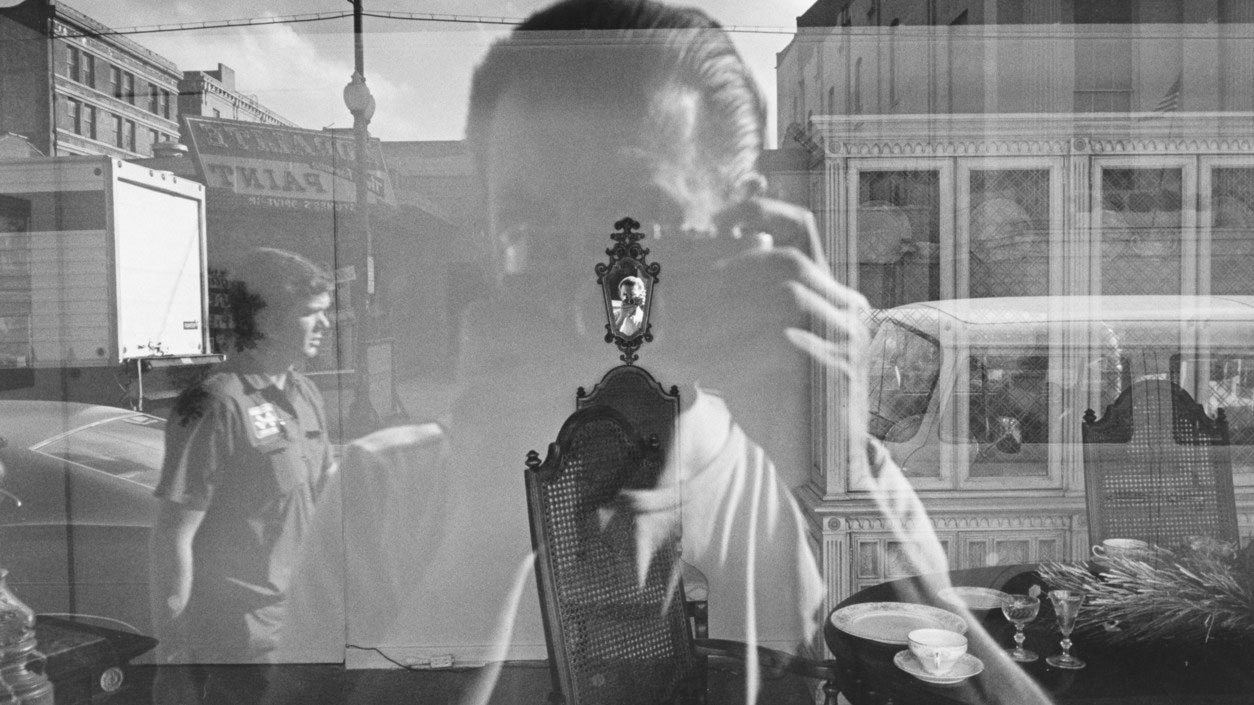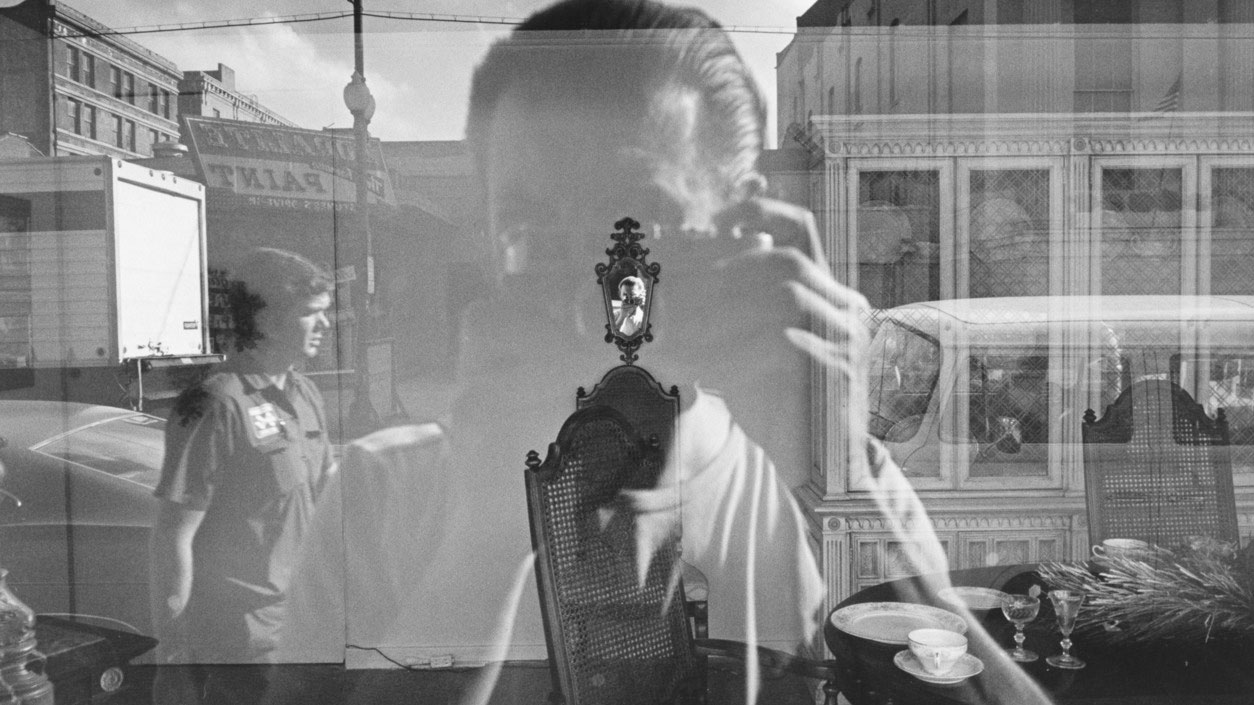Whether you’re charting your winter road trip or staying close to the city, the Boston Art Review editors have selected the exhibitions that are piquing our fancy all over New England. The exhibitions herein have throughlines that are linked by art that contends with spirituality, collective organizing, memory, and play. In Boston, Jace Clayton’s participatory installation of inventive instruments will enliven MAAM, while in Lawrence, an exhibition of works by Colombian artists at Essex Art Center invites reflection on emigration and distance. With a new season on our horizon, these new exhibitions are a welcome push to get out and get exploring. Exhibitions are ordered by closing date.
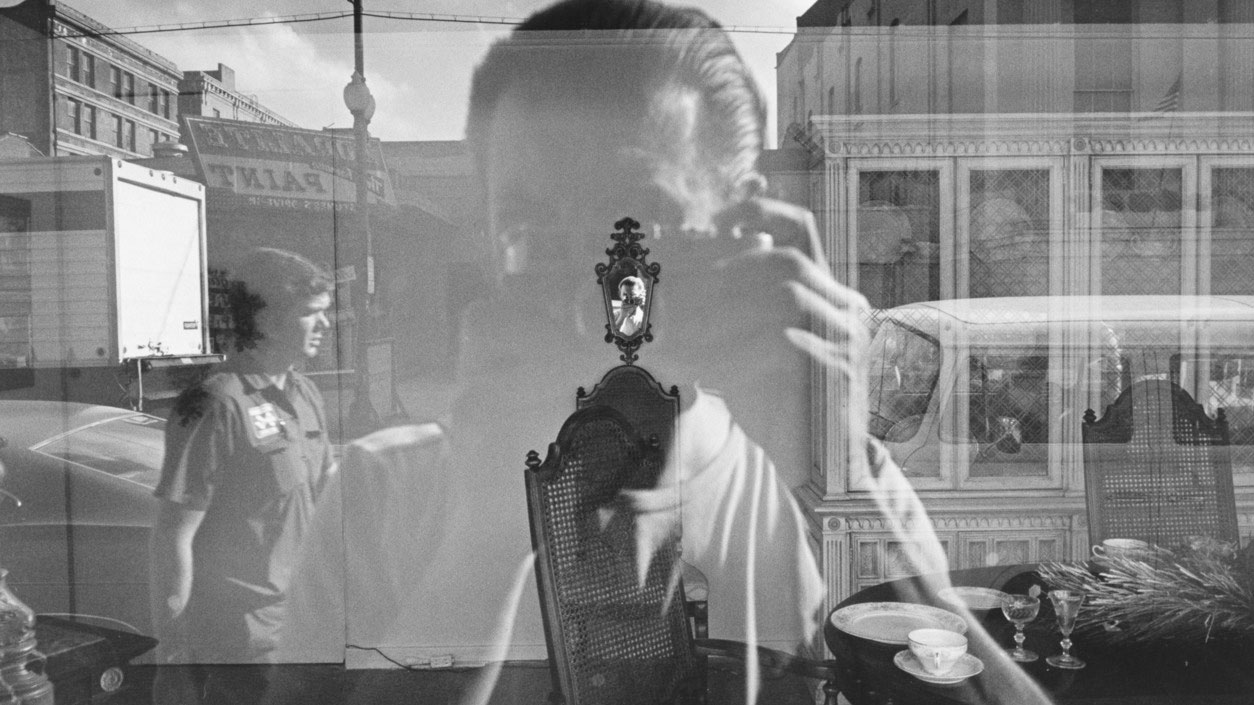
Installation view, “Allison Maria Rodriguez: Legends Breathe,” Montserrat College of Art Gallery, January 23 through March 4, 2023. Photo by GraVoc, Inc./Jade Brewer.
“Allison Maria Rodriguez: Legends Breathe,” January 23–March 4, 2023
Montserrat College of Art Gallery
301 Cabot St., Beverly, Massachusetts
Using fantasy, childhood imagination, and escapism, Allison Maria Rodriguez creates immersive video installations to explore trauma. Legends Breathe is an ongoing series that started in 2018 and is investigating mechanisms women and nonbinary folks use to heal. Different artworks function as vignettes for the individual stories being told. Rodriguez uses allegorical imagery of endangered species and vulnerable habitats to create surrealist landscapes that evoke both internal destruction and the depletion of our environment. These figures weave in and out of the planes between our internal and external worlds, and the viewer is left to think about how their own experiences have shaped them. —Kaitlyn Ovett Clark
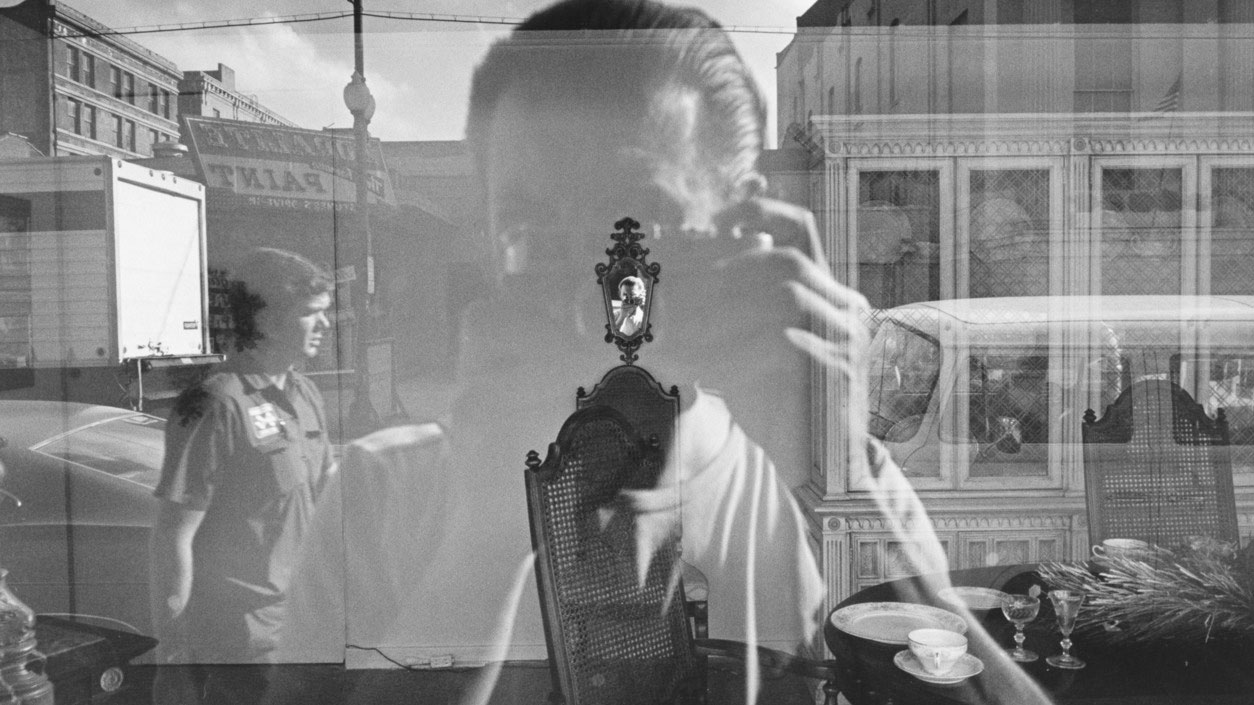
Installation view of “This Is America” on view at the Nearby Gallery, Newton Centre, through March 5, 2023. Photo by Samantha Pincus. Photo courtesy of Nearby Gallery.
“This Is America,” February 4–March 5, 2023
Nearby Gallery
101 Union St., Newton Centre, Massachusetts
Curated by Jamaal Eversley, “This Is America” explores the country’s contradictions—“the good, bad, beautiful, and ugly”—with work by nearly thirty local artists, including Nadya Volicer, whose drawings use ink and white space to render images of the Capitol insurrection in red, white, and blue, and Julia Csekö, whose wall-spanning work Apocalyp leaves the word unfinished, making room for hope. Visitors are encouraged to share their own responses in the gallery’s “ballot box” and to gather on February 25 for a Slam Theatre variety show, complete with ten-minute plays by Fabiola R. Decius, dance by Karen Bray, live painting by Fernando Fula, beats by DJ Julz, and slam poetry by Eversley, Radiant Jasmin, and Zahirah Nur Truth. —Jacqueline Houton
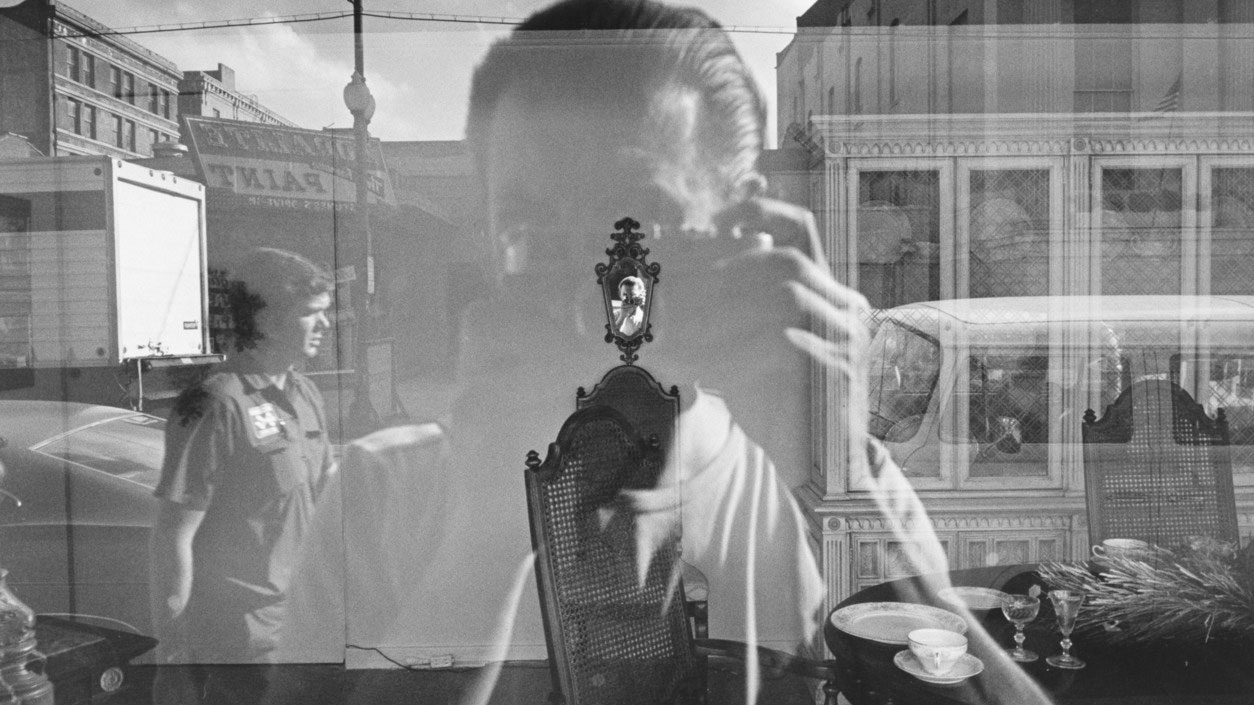
Pablo Baresch, Still from Ejercicios Espirituales // Spiritual Exercises, 2022. Single channel video, 6’ 6”. Photo courtesy of Essex Art Center.
“Lejanías,” January 19–March 9, 2023
Essex Art Center
56 Island St #1, Lawrence, Massachusetts
When I learned about this international collaboration happening at Essex Art Center, I was immediately excited. Organized by the artist collective Nudo based in Cali, Colombia, the exhibition features eighteen artists whose work contemplates distance, emigration, and separation, centering a Latin American perspective. What’s especially interesting to me about the show is the idea that distance defines us. It asks: how are we shaped by the far-away things we long for, who and what we keep close, and what we leave behind? These artists work in drawing, bookmaking, installation, and video, and explore everything from the identity of Cali itself to memories of home and kinship with people and places abroad. This must-see show is a beautiful manifestation of community and connection, showing us the power and resilience of relationships in overcoming geographical, economic, and political divides. —Gina Lindner

Darrel Ellis, Untitled (Grandparents Dancing), ca. 1981–85. Gouache and ink on paper, 22″ x 30″ (56x 76 cm). Courtesy of Candice Madey, New York. Photo by Adam Reich.
“Please Stay Home: Darrel Ellis in Dialogue with Leslie Hewitt and Wardell Milan,”
February 3–April 9, 2023
Carpenter Center for Visual Arts, Harvard University
24 Quincy St., Cambridge, Massachusetts
The concept behind “Please Stay Home” is intriguing—two contemporary artists, Leslie Hewitt and Wardell Milan, responding to a lesser-known body of work by Darrel Ellis that features scenes of his home life and family. Ellis, whose life was tragically cut short by AIDS in 1992 just as he was gaining recognition, was fascinated with his own family history, which he dissected and reassembled through experimental photography and painting. One of his most interesting techniques involved photographing projected images in concert with sculptural objects. In this re-examination of some of his work, Makeda Best, Richard L. Menschel Curator of Photography at the Harvard Art Museums invited Hewitt and Milan—two artists who engage with photography, drawing, painting, and sculpture—to create works that converse with the themes of interior life and exterior presentation omnipresent in Ellis’s work. —Karolina Hać

(Left) Sol LeWitt, Lines in Four Directions, Superimposed in each quarter of the square progressively (Black), 1971, etching with aquatint. (Right) Detail from installation view, “Lines in Four Directions over 450 Years.” Photos courtesy of Krakow Witkin Gallery.
“One Wall, One Work: Lines in Four Directions over 450 Years,” January 14–April 22, 2023
Krakow Witkin Gallery
10 Newbury St., Boston, Massachusetts
At Krakow Witkin Gallery, a curious study of one illustration technique takes viewers on an abbreviated journey that stems from a 1971 drawing by Sol LeWitt, dates all the way back to 1560, and ends with a 2022 etching by Kiki Smith. There are twenty-eight works by twenty-six artists, which the gallery is considering as “one collection” and thus a fit for the parameters of the “One Wall, One Work” series that has been a staple of its programming since 2010. The technique in question, hatching, is used most commonly in printmaking and illustrating, whereby parallel lines are placed at varying distances to create value, tone, and depth. The technique can be traced to the Middle Ages, and by the 1500s, printmaker Albrecht Dürer had popularized the crosshatch—parallel lines that intersect other parallel lines and thus add more nuanced depths and shades. The collection weaves through time, and though just ten feet wide, this little show is a total delight. —Jameson Johnson
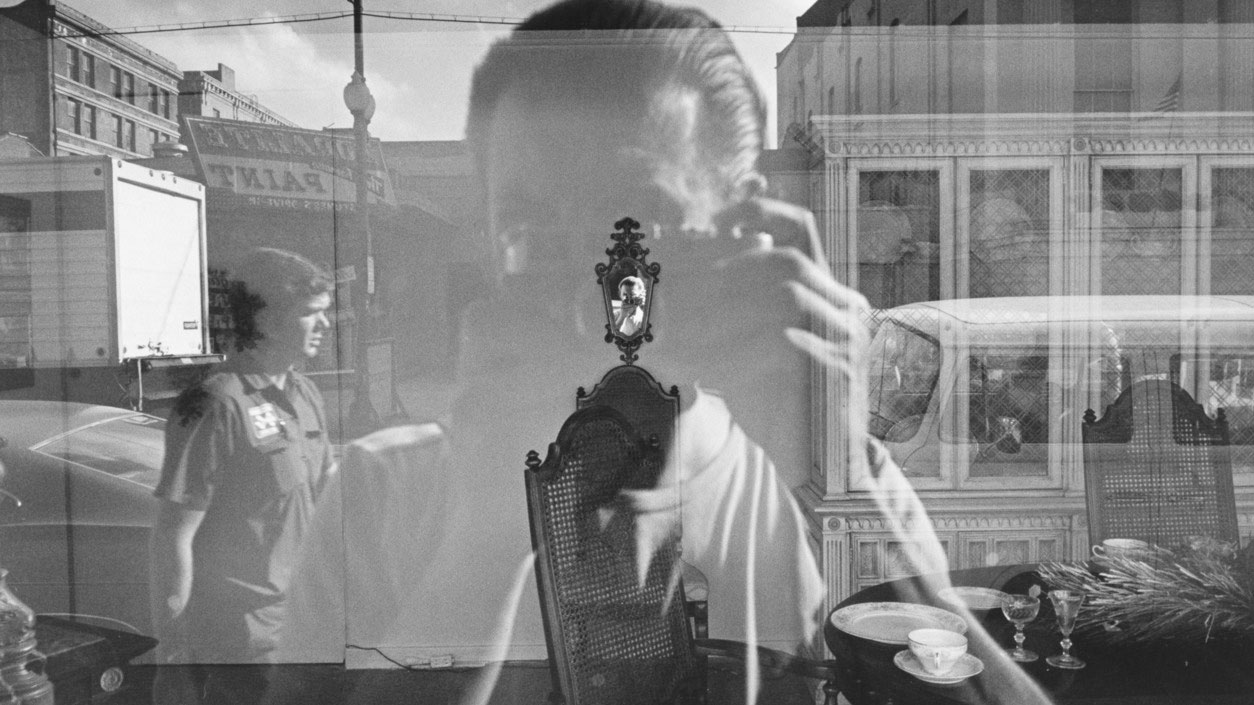
Betye Saar (b.1926, United States), Legends in Blue, 2020. Mixed media assemblage. Courtesy of the artist and Roberts Projects, Los Angeles, California. Photo by Robert Wedemeyer.
“Betye Saar: Heart of a Wanderer,” February 16–May 21, 2023
Isabella Stewart Gardner Museum
25 Evans Way, Boston, Massachusetts
Betye Saar, now ninety-six, emerged as a star of the Black Arts Movement of the 1970s but, through decades marked by unwavering artistic innovation and unflinching activism, has evolved into a singular artist with a creative language uniquely her own. Her works have always employed mysticism and spirituality—a kind of curiosity that she imbued into drawings and prints and eventually into her celebrated collages and assemblages to contend with race, femininity, and power. At the Isabella Stewart Gardner Museum, Saar’s curiosity and love for travel is on display in “Heart of a Wanderer,” an exhibition that showcases sketchbooks from the artist’s travels across Africa, Asia, Europe, and the Americas. This collection of Saar’s works inspired by travel is presented alongside “Fellow Wanderer: Isabella’s Travel Albums,” an exhibition that examines how the museum founder’s travels were shaped by a position of tremendous privilege. —Jameson Johnson

Tsherin Sherpa (American, born Nepal, 1968), All Things Considered, 2014. Pale gold leaf, acrylic, and ink on cotton. Elaine W. Ng and Fabio Rossi Collection.
“Spirits: Tsherin Sherpa with Robert Beer,” February 4–May 29, 2023
Peabody Essex Museum
161 Essex St., Salem, Massachusetts
How do we embody a culture? When we travel, does it come with us? If we change, is it still ours? Is it still “authentic”? “Spirits: Tsherin Sherpa with Robert Beer” investigates how dislocated populations engage with belief systems that have for centuries been rooted within specific geographies. The exhibit presents exuberant and expressive paintings and sculptures by Tibetan artist Tsherin Sherpa, alongside (and often in contrast with) traditional Buddhist thangka drawings by Robert Beer. While Beer’s drawings use meticulous grids to ensure that the proportions of Buddhist deities remain scripture-accurate, Sherpa’s bold spirits—which rage and ponder and gesticulate amid their gold-leaf environs—are clearly the stars of the show. In contemporizing the conventions of his training and upbringing, Sherpa is creating new sacred representations that may more accurately reflect the realities of the Tibetan diaspora in this current moment. They are an invitation to inhabit yourself fully and joyously, regardless of where you find yourself. —Jessica Shearer
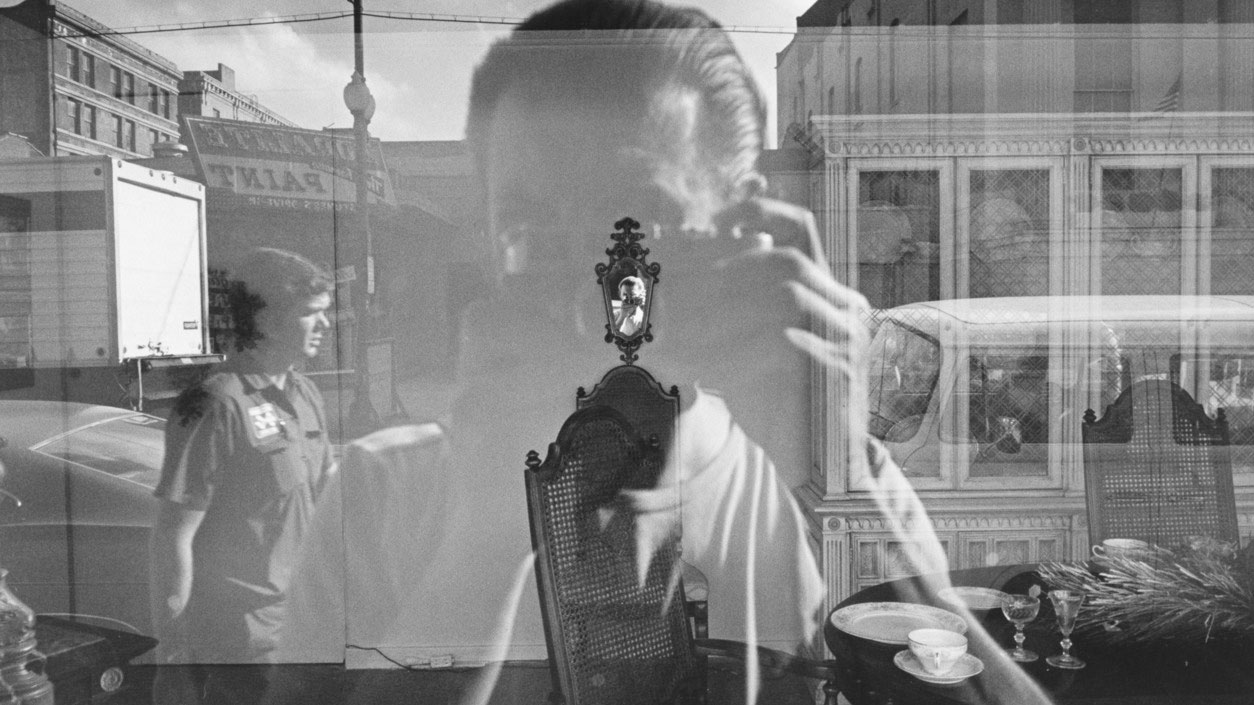
Aïssa Maïga (still) from Elisabeth Subrin, The Listening Takes (2023), video installation, color, sound, 30 minutes. Photo courtesy of David Winton Bell Gallery.
“Elisabeth Subrin: The Listening Takes,” February 9–June 4, 2023
David Winton Bell Gallery
64 College St., Providence, Rhode Island
In 1983, the French actress Maria Schneider gave a rare televised interview in which she criticized the misogyny and exploitation rampant within the film industry and recoiled when pressed to discuss Last Tango in Paris—the movie that made her famous at nineteen, and in which she was sexually assaulted. In The Listening Takes, artist and filmmaker Elisabeth Subrin recreates this interview three times with three different actresses who, like Schneider, are celebrated both for their artistic ability and their political activism. Subrin clearly conceived of the work with an immersive experience in mind, and the resulting exhibit is profound and participatory, with the three-channel video projected on screens built into sculptural frames backed with aged mirrors. The viewer can wend in and around the structures, the faces of Manal Issa, Aïssa Maïga, and Isabel Sandoval radiating out into the dark much larger than one’s own full body, and each of you—the actresses and the audience—reflected and refracted amid the accompanying soundscape. There are small but meaningful adjustments in each take—and one wrenching surprise—that illuminate how much progress has been made since Schneider’s remarkably prescient interview forty years ago and accentuate the cavalier violence that has persisted. This show asks you not only to contend with the ramifications of those dynamics, but also examine your role within them, and questions how we can hold space for each other as we work to move forward together. —Jessica Shearer

Installation view, “Hangama Amiri: A Homage to Home,” The Aldrich Contemporary Art Museum, February 5 to June 11, 2023. Photo by Jason Mandella.
“Hangama Amiri: A Homage to Home,” February 5–June 11, 2023
The Aldrich Contemporary Art Museum
258 Main St., Ridgefield, Connecticut
Hangama Amiri’s large-scale textile scenes reflect memories from her homeland Afghanistan, which she fled with her family at age seven. Amiri employs painting and printmaking techniques as she sews together pieces of material sourced from an Afghan-owned shop in New York City’s fashion district. Women are the center of these rich textural landscapes, calling to focus the stark reality of the country under present Taliban rule. In “A Homage to Home,” Amiri envisions Afghanistan through her diasporic experience, stitching together pieces of home into multilayered stories of love, reflection, and political resistance. —Maya Rubio
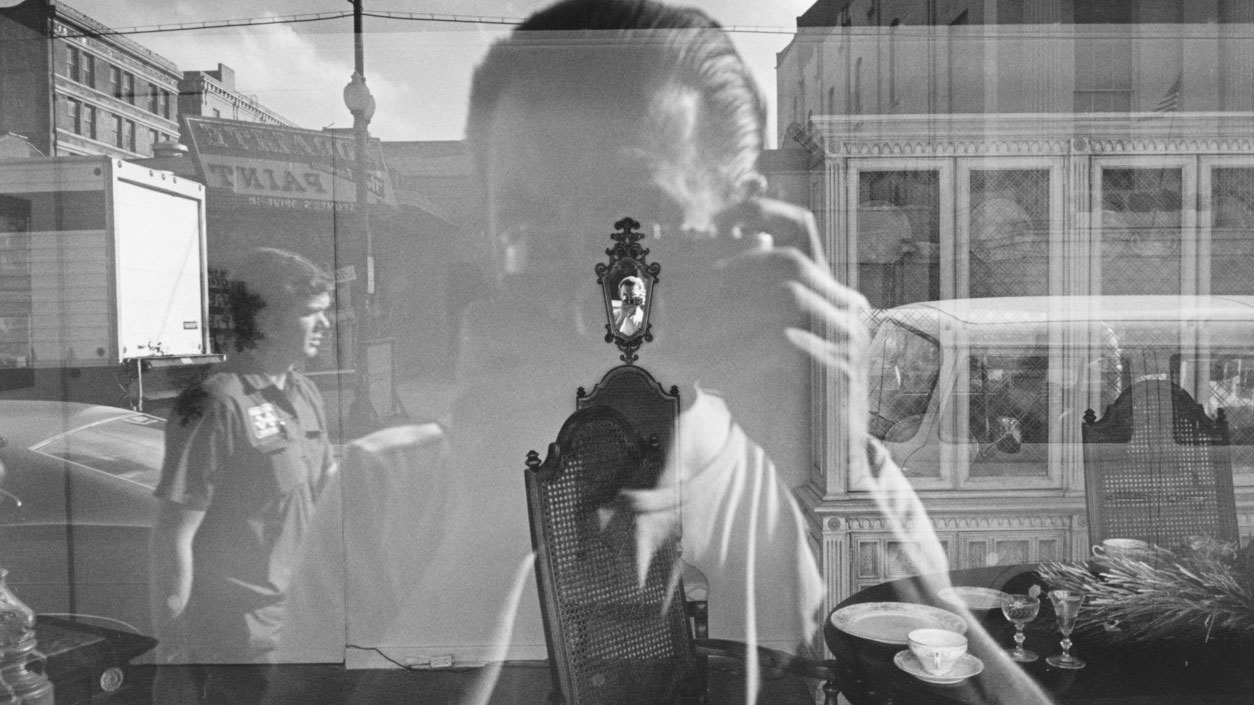
Installation view of “¡Printing the Revolution! The Rise and Impact of Chicano Graphics, 1965 to Now,” on view at the Hood Museum of Art, Dartmouth, through June 17, 2023. Photo by Rob Strong.
“¡Printing the Revolution! The Rise and Impact of Chicano Graphics, 1965 to Now,” February 4–June 17, 2023
Hood Museum of Art, Dartmouth University
6 E Wheelock St., Hanover, New Hampshire
“¡Printing the Revolution! The Rise and Impact of Chicano Graphics, 1965 to Now” is organized by the Smithsonian American Art Museum and showcases historic civil-rights-era prints and contemporary works. This almost-retrospective look at Chicanx artists’ prints highlights printmaking’s important role in shaping how posters and graphics were used in civil rights, LGBTQ+, feminist, anti-war, and labor movements. We are left reflecting on our present day to see how far we have come and how much further we need to go in many of these issues. How does one think about the information given, how does one spread current or new information, and how do we continue efforts for change and future organizing? —Kaitlyn Ovett Clark
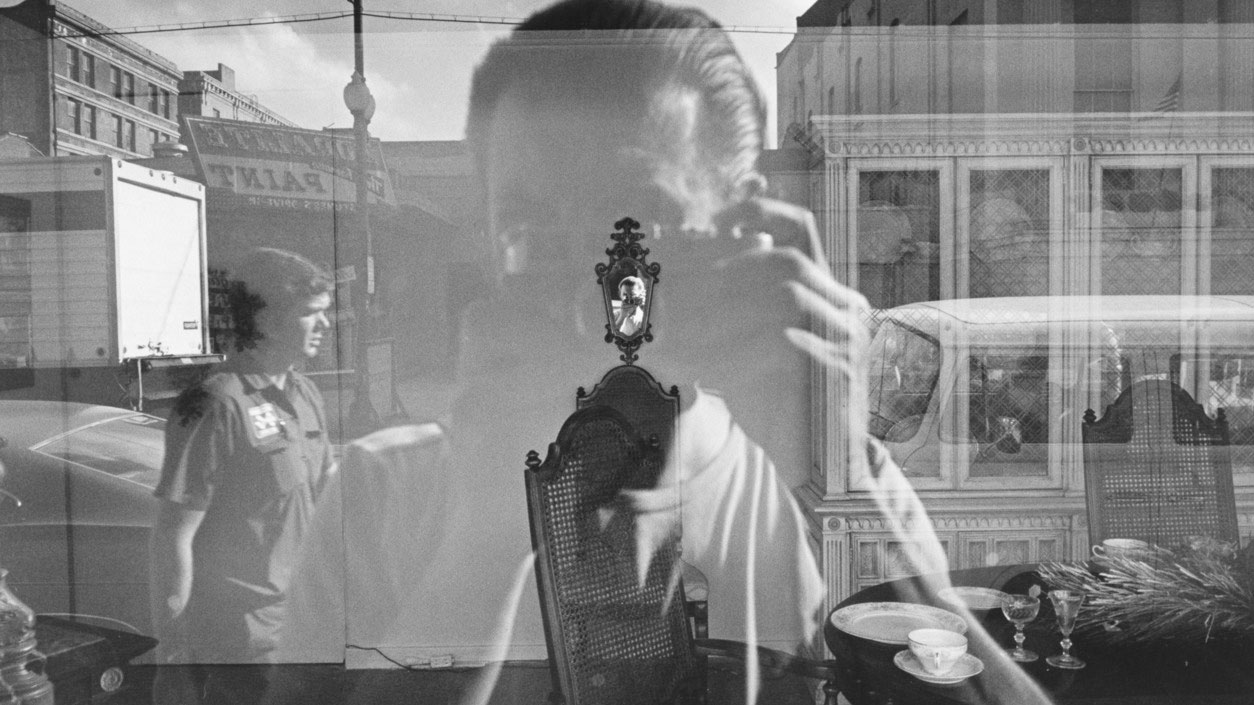
Lyle Ashton Harris, Afropunk Odalisque, 2018. Dye sublimation print on aluminum. Edition AP1. Private collection. Courtesy of the artist and LGDR, New York.
“Lyle Ashton Harris: Our first and last love,” February 9–July 2, 2023
Rose Art Museum
415 South St., Waltham, Massachusetts
“Lyle Ashton Harris: Our first and last love” at the Rose Art Museum presents common threads that have run through the New York-based artist’s practice over the last thirty years. Those threads—including but not limited to Black and Queer identities, intimacy, violence, and tenderness—weave the micro of the personal with the macro of the cultural and political. The exhibition juxtaposes Harris’s recent Shadow Works series with earlier works to create connections across his practice. The multifaceted Shadow Works blend aluminum prints created through dye sublimation with ephemera such as shells, broken pottery pieces, and locks of Harris’s hair. Combined with earlier works, “Our first and last love” creates a poetic archive, gazing inward and gesturing to the world outside. —Karolina Hać

Jace Clayton DJing. Photo by Erez Avissar. Photo courtesy of MAAM.
“Jace Clayton: They Are Part,” February 23–July 30, 2023
MassArt Art Museum
621 Huntington Ave., Boston, Massachusetts
In “Jace Clayton: They Are Part,” everyone is the DJ. The exhibition by North Andover native Jace Clayton consists of two participatory installations and a performance series featuring local choirs. In the central piece, 40 Part Part, 2022, forty speakers face each other like singing bodies. Guests can use their personal devices to connect to the sound system, thus producing a part of the installation’s soundscape. As a DJ himself, Clayton understands sound’s remarkable potential to capture intricacies of culture, space, and memory and its ability to organize this data into a sonic web. Clayton invites us to create these networks of meaning spontaneously and collaboratively. I can’t wait to witness the chance encounters that ensue. —Maya Rubio
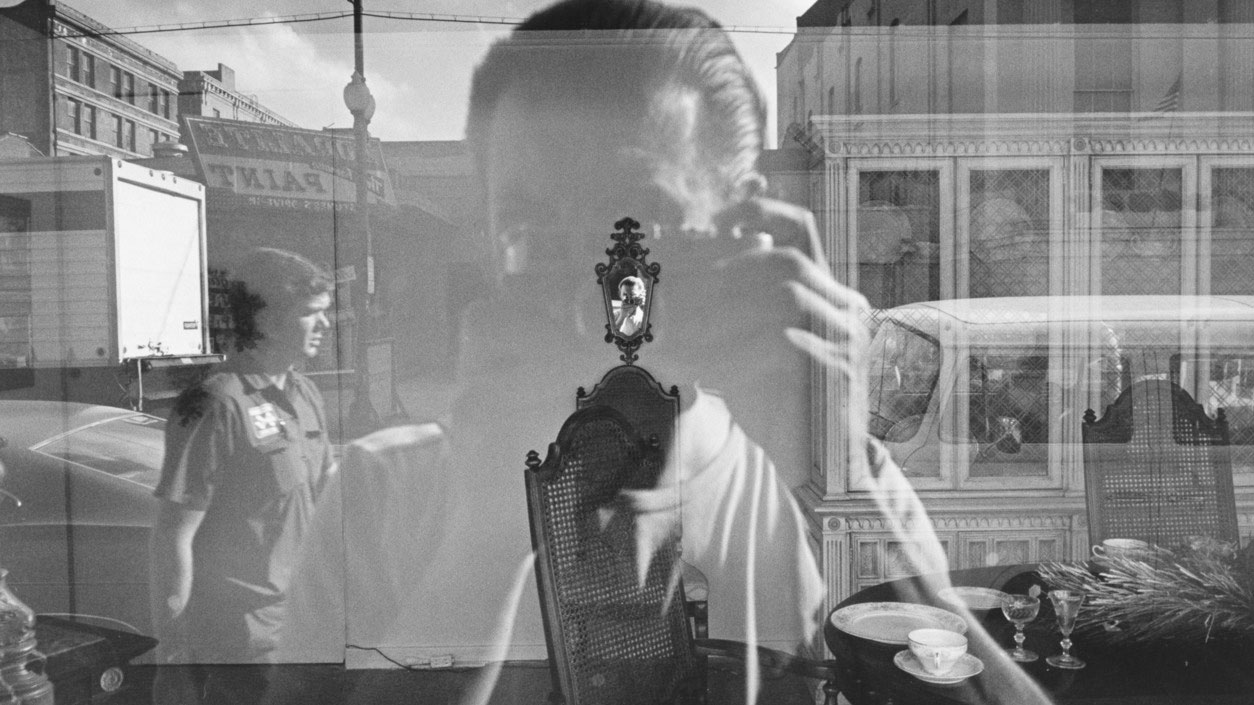
Jason Moran, works on paper, all 2022. Installation view, Jason Moran, “Black Stars: Writing in the Dark” at MASS MoCA, North Adams, MA. Pigment on Gampi paper. © Jason Moran; Courtesy of the artist and Luhring Augustine, New York. Photo by Kaelan Burkett.
Jason Moran’s “Black Stars: Writing in the Dark,” December 17, 2022–November 2024
Massachusetts Museum of Contemporary Art
1040 MASS MoCA WAY, North Adams, Massachusetts
“Black Stars: Writing in the Dark” presents over forty new works on paper and two STAGED series installations by Jason Moran. Rooted in what Moran describes as his “performance practice,” this exhibition traces “the embodied experience of making and listening to live music.” Moran’s unframed paper works document his nuanced movements on the piano, produced by playing on gampi paper with pigment on his fingers. STAGED: Studio Rivbea—commissioned for the exhibition—is an imaginative and research-based rendering of Sam and Beatrice River’s jazz loft, a historic performance space that emerged in 1970s NoHo where artists experimented and collaborated freely. On display with archival materials, Studio Rivbea recalls relationships among Black jazz venues, freedom movements, and the people who inhabited the room. Swinging across time and place, Moran calls us to lean in: How and where do we make live music, and what marks does it leave on us? —Niara Hightower
Kaitlyn Ovett Clark is managing editor for Boston Art Review and the exhibitions and public programs manager at the Tufts University Art Galleries at the SMFA.
Karolina Hać is an editor at Boston Art Review and head of marketing at Höweler+Yoon Architecture, LLP.
Niara Hightower is editorial intern at Boston Art Review.
Jacqueline Houton is senior editor at Boston Art Review and a copyeditor at Candlewick Press.
Jameson Johnson is editor-in-chief at Boston Art Review and marketing and development manager at MIT List Visual Arts Center.
Gina Lindner is communications manager at Boston Art Review, an arts writer, and an interdisciplinary artist.
Maya Rubio is an independent curator and an editor at Boston Art Review.
Jessica Shearer is an editor at Boston Art Review and director of communications and user experience at the Boston College Center for Corporate Citizenship.
